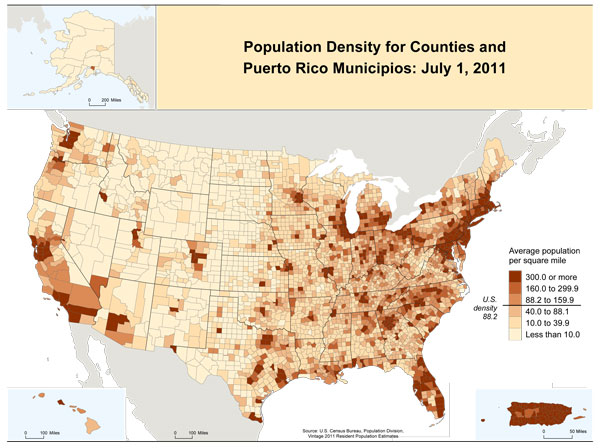Day 34 - The Executive and the Bureaucracy - Corrections
Learning Targets:
- Explain how the bureaucracy carries out the responsibilities of the federal government.
- Explain how the federal bureaucracy uses delegated discretionary authority for rule making and implementation.
- Explain how presidents have interpreted and justified their use of formal and informal powers.
- Explain how the president can implement a policy agenda.
Opener: Reflection - Record in your notebook
On a scale of 1-10, how well did you prepare for today's assessment?
What helped you feel prepared?
What could have helped you feel prepared?
Activity #1: Test Corrections
See "Test Corrections Handouts"
All test corrections forms must be turned in on the table prior to leaving in order to receive credit.
Close: Notebook and Corrections Turn-in







